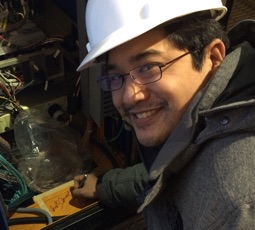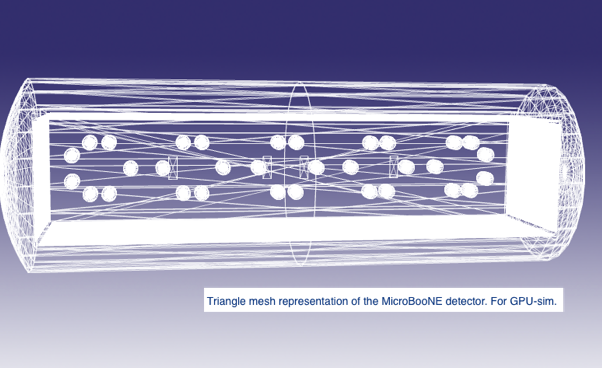
I study the neutrino, one of the fundamental particles of the Standard Model. The neutrino is extremely light and weakly interacting. So weak, in fact, that it can pass through a light-years long block of lead without striking it. As a result, neutrino experiments need to build massive, building-sized detectors to study the particle. However, the effort is worth it, as there are a number of ways the neutrino can help us look for new laws of physics. Below are a number of projects I work on with that end in mind.




